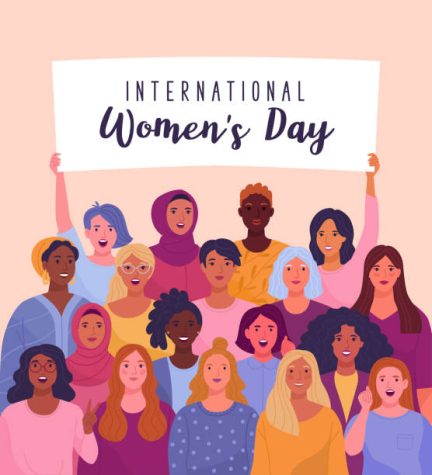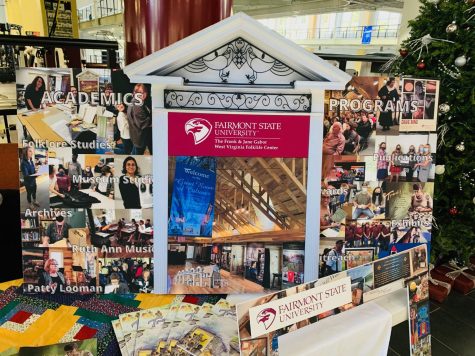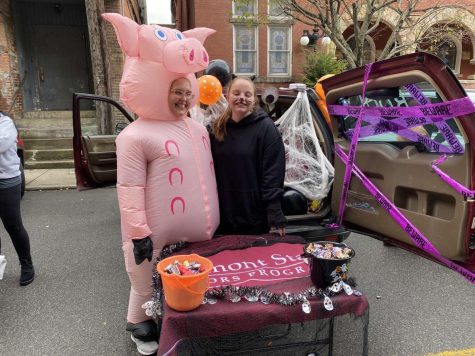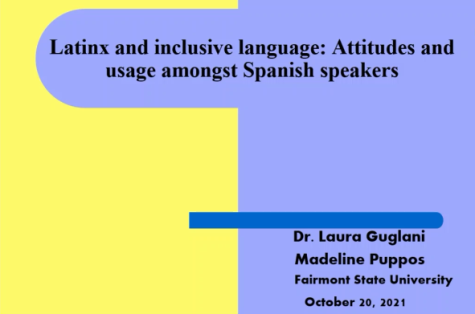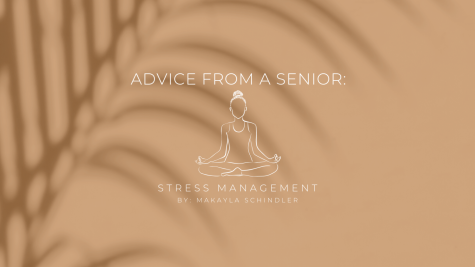The Lessons of Kettle Bottom
Last Tuesday, February 9th as part of Folklife Center’s spring 2021 Phyllis W. Moore Online Author Series, Diane Gilliam talked about her book Kettle Bottom. It is a collection of poems from a wide variety of perspectives that when combined, tell the story of the West Virginia coal and labor wars that happened in 1920 and 1921. During her talk, Gilliam not only read selections of her poetry but also explained her writing process and provided some deeper insights into the stories contained in the book. The coal wars were a time of great strife in West Virginia, where labor was dangerous and rough in coal mines. Men worked up until conditions became too abhorrent and then they had to go on strike for any hope of improvement. Striking was tough on all the people in any town that went on strike, so it provided little relief as it happened. Gilliam portrays this time of strife in West Virginia accurately, almost as if she had been there first-hand and saw every single struggle had happened.
In her poem “Raven Light”, Gilliam writes from the perspective of a coal miner, with lines from the poem making the reader feel as if they are right there with him. One of the lines where one can feel as if they are in the mine with the narrative is, “Out of the dark of the drift mouth they’ll be men still coming out. In twos and threes, holding each other up, dragging brothers and fathers between them. Only the carbide lamps show, no faces. I am part of the dark the lights bob through in little clusters, men in the daylight. I am far under the roots of the old chestnut, hid in the raven light, where the rock of ages has cleft.”
Gilliam has a deep connection with the poetry in Kettle Bottom, as many of the poems have a basis in her own life and experiences. In one of the poems “Pink Hollyhocks”, the weaving of a quilt is described. Gilliam revealed that this quilt was based on one that she had given to her mother for Mother’s Day, and one day a fire burned the quilt to the point that it was almost beyond saving. Instead of throwing the quilt out, Gilliam wanted to immortalize it within her poem.
Gilliam says about writing from her own experiences, “When I was writing Kettle Bottom, I was living in two worlds at the same time. Everything that happened to me in this world, translated into Kettle Bottom.” Gilliam says that writing about items and people from her own life in Kettle Bottom helps her remember things, while also putting distance between herself and them. The words turn them into a different entity separate from herself.
Gilliam also explained the meaning of the title of the book. She explains, “Kettle bottom is a metaphor for the thing that’s out there that you don’t know what it is, and you don’t have any sense that it’s coming.” The Mine Wars were a “kettle bottom” for West Virginia, just as we are in a “kettle bottom” today due to the pandemic. COVID-19 was something we had no idea was coming and had no idea what it was at first. Gilliam in her words and writings shows that, despite the pain of it, we have a lot to learn from it and the suffering it caused. Just as she found and amplified the voices of the mine wars, we will one day find the voices within the pandemic that will create the narrative for us to truly make sense of what has happened to us. Gilliam says about finding these voices, “I came to understand, what I was most interested in as I was writing. This book was the way that the really big stories of history impact people in their most private lives.”



